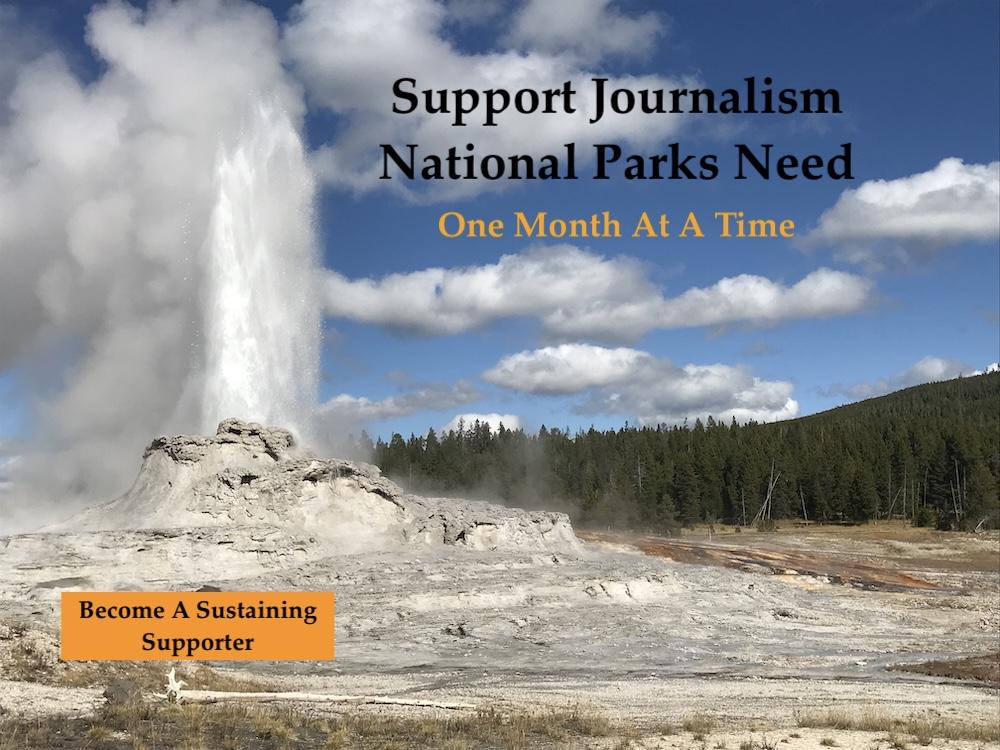First Ladies National Historic Site, which was established on October 11, 2000, has a prime location in Canton, Ohio, yet attracts scarcely more than 10,000 visitors a year. Why is that, and does it really matter?
There are lots of national parks, including not a few historic sites, whose annual attendance is low enough to raise eyebrows. These units are in the National Park System despite visitor appeal factors, not because of them. We justify their existence as national parks because of their intrinsic resources values, which may be nature-based, cultural/historical, or some combination thereof. These resources are nationally significant and must be preserved. The federal government should do it, and the National Park Service should be the managing agency. That’s the basic argument.
Does it matter if visitation is so low that it borders on embarrassment? Apparently not. Consider the case of First Ladies National Historic Site.
When First Ladies opened eight years ago today, it seemed reasonable to expect that visitation would grow as the public became aware of the park’s existence. This is what normally happens with a new attraction.
Canton, Ohio, is also a prime location. Ohio’s population is 11.5 million, Cleveland (population 452,000) is just a short drive away, and over half the U.S. population lives within a day’s drive. Another Canton, Ohio, attraction, the Pro Football Hall of Fame, has attracted over eight million visitors since it opened in 1963, including 201,148 last year alone.
Location, to put it bluntly, is absolutely no excuse. The reason few people visit First Ladies is because few people believe it’s worth the time and effort.
That’s a pity, actually. There’s a lot to like about First Ladies, especially if you are (like me) a history buff and historic preservationist.
First Ladies National Historic site honors the lives and accomplishments of all First Ladies throughout history -- in support of their spouses, and in their own right.
The park preserves two historic properties. The main one is the home of First Lady Ida Saxton McKinley. The other is the seven-story City National Bank Building (built 1895).
Built in 1841 and modified in 1865, the Ida Saxton House at 331 Market Avenue S. was the home of Ida Saxton McKinley, wife of U.S. President William McKinley. The handsome brick Victorian structure has been refurbished with attention to historic authenticity. If you have a fine eye for detail, you’ll like this preservation effort.
Costumed docents conduct tours of the house. There are museum exhibits that highlight the McKinleys’ story, display images and belongings of various First Ladies, and reveal their supporting role in the lives of their President spouses. On the second floor there is a neat gift shop that offers a wide variety of Victorian and historical-themed items.
In addition to regularly schedule tours, First Ladies National Historic Site occasionally offers special events and programs.
The park’s other historic structure is the seven-story, vintage 1895 National Bank Building, which has been renovated for use as the National First Ladies’ Library and Research Center. It serves as a national archive of the contributions of America's First Ladies and other notable American women. Like all the other facilities at First Ladies National Historic Site, the structure is wheelchair accessible.
First Ladies National Historic Site is managed by the National First Ladies' Library under the terms of a Cooperative Agreement with the National Park Service.
Some critics argue that the First Ladies National Historic Site should be managed as an Affiliated Area rather than as a national park. Under such an agreement, the National Park Service would provide technical assistance and financial assistance, but would not own, administer, or count the property as a unit of the National Park System. While unlikely, a redesignation is not beyond the realm of possibility. Given enough financial and political pressure, there could be a day when most low-visitation historic sites like this one are pruned from the National Park System and converted to Affiliated Areas.

 Support Essential Coverage of Essential Places
Support Essential Coverage of Essential Places







Comments
I'm sure most people here know that the National Park Service had and has ZERO interest in acquiring and administering a lot of these pork-barrel parks. Why does Cuyahoga National Park (a place that ought to be a county park at best) exist? Because local business/tourism/political interests wanted it to exist. Why was it upgraded from National Recreation Area to National Park? Because those interests thought it would attract more visitors (=$) as a NP.
It's not preservationists or conservationists or the Park Service who are driving the establishment of these third-rate parks (like First Ladies); it's businesspeople and the boot-licking politicians who are owned by business interests. And then conservatives complain about Big Government and the inefficiency of government agencies and say they ought to be run on "business models." Would those be the business models of savings and loans, mortgage companies, investment firms, and auto companies? Or the Pentagon? If you want the National Park Service to be efficient, let qualified people decide what ought to be a NPS-administered park and what ought to be left up to the local chamber of commerce.
Here's a question - when was the last time the NPS Director actually fought for the budget? When was the last time the Director went out and stood up for at least maintaining the current budget as opposed to taking cuts? Why was it only NPCA fighting for NPS to get stimulus money? Where was the Interim Director?